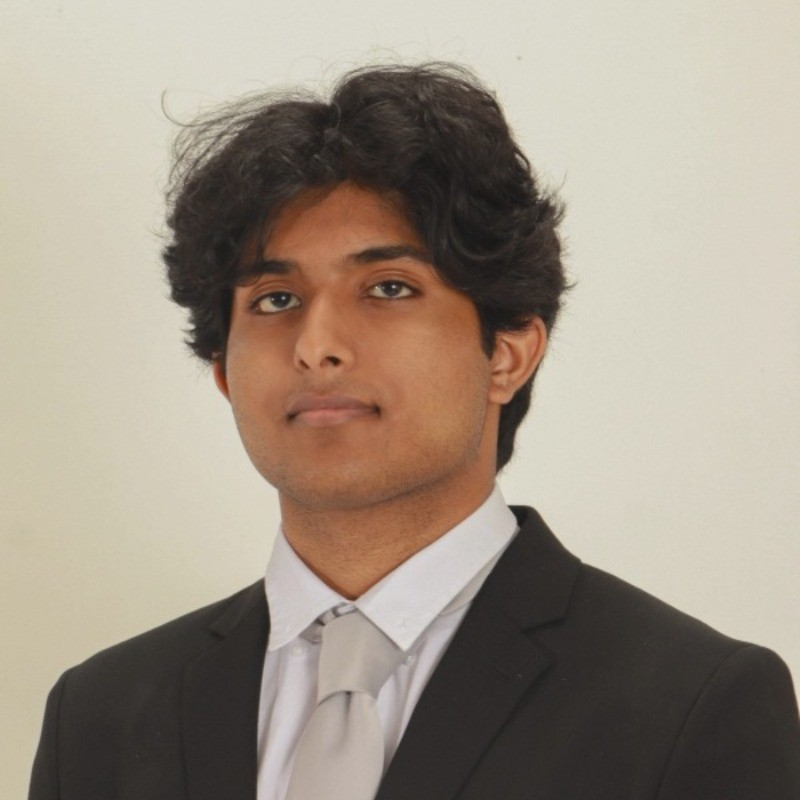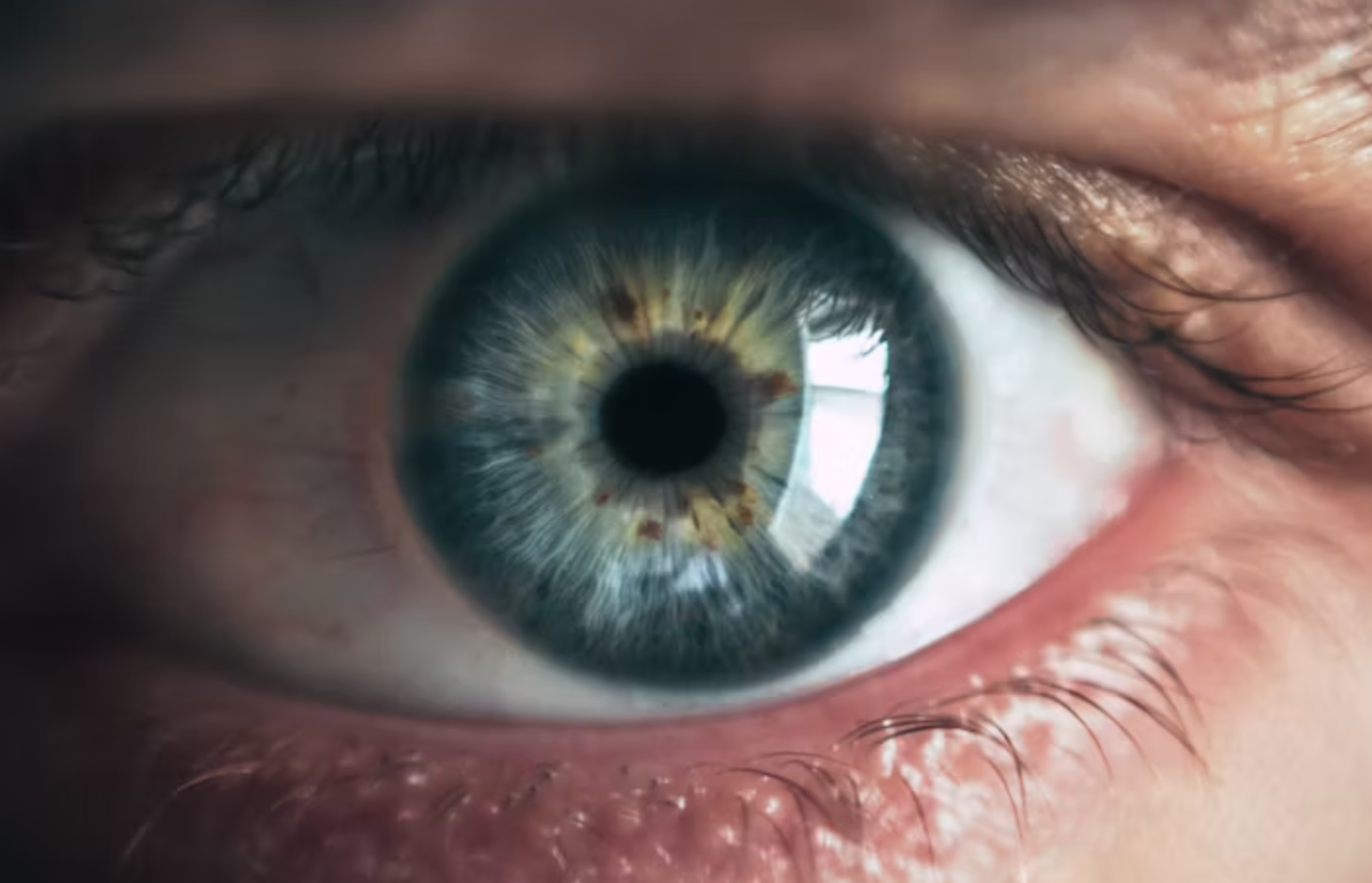1879: French ophthalmologist Louis Émile Javal studied eye movements during reading. Using an "ophtalmotrope", he observed that the eyes move in rapid jumps (saccades) with short pauses (fixations) while reading, and the position of fixations within words influenced reading speed and comprehension. Javal's findings provided valuable insights into eye movements during reading and formed the basis for further research in eye tracking and its implications for reading behavior and design.
1901: Alfred L. Yarbus, a Russian psychologist, conducted groundbreaking research on eye movements and gaze behavior. His book "Eye Movements and Vision" (1967) became a significant reference in the field.
1950s - 1960s: Research in eye-tracking technology began to emerge. Scientists used contact lenses with embedded coils to detect eye movements. These thin wire coils inside the contact lenses interacted with a magnetic field generated around the eye, allowing researchers to measure eye rotations and movement
1970: Dr. Hillsman, Dr. Williams, and Dr. Roe of MIT developed the digital computer-controlled Oculometer. A non-invasive eye-tracking device, the Oculometer measures the subject's point of regard, pupil diameter, and blink occurrence. The system, designed to interface with a digital computer, enables interactive measurement and control systems with real-time changes in response to the subject's eye movements. Using near-infrared light reflected off the cornea and retina, the Oculometer subsystem tracks the centers of the corneal highlight and bright pupil through an electro-optic scanning aperture vidissector, allowing eye movement measurements. This technology has various practical applications, including using the eye as a control device, recording eye fixation patterns, game playing, training machines, and psychophysiological testing and recording.
1990s: The development of desktop eye trackers led to more widespread use of gaze tracking in research, marketing, and usability studies.
2000s: Mobile eye-tracking devices and software emerged, allowing researchers to study gaze behavior in real-world environments.
2010s: Eye-tracking technology integrated into virtual reality (VR) and augmented reality (AR) systems became more prevalent, enabling new research opportunities and applications.
Present Day: Advancements in machine learning and computer vision have significantly improved eye-tracking accuracy and robustness, making the use of gaze tracking viable for use and integration across various industries.


